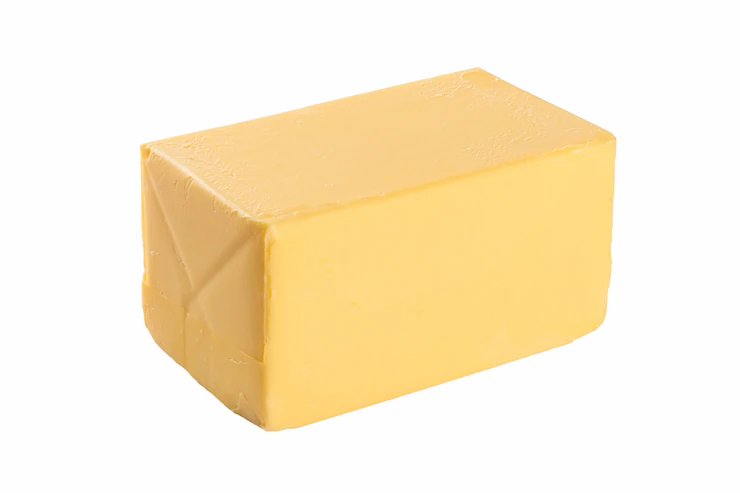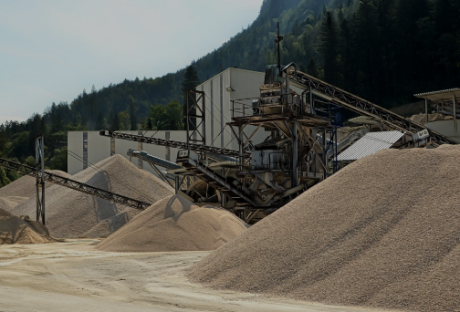Have you ever paused to consider the journey of a simple butter stick from the dairy farm to your breakfast table? The unsung hero of this journey is the packaging – a critical phase that ensures freshness and quality.
In this post, we will slice through the history of butter packaging, spread out the advancements in modern machinery, and churn out insights on how these changes have made buttered toast possible for you every morning.
From Hand-Wrapping To Automation: A Brief History
Early Beginnings
Butter packaging began humbly with tiny, cloth-wrapped pats or rolls, generally handcrafted by local farmers’ wives, transitioning over time to barrels and bulk tubs manufactured in factory creameries. These packaging methods allowed butter to be shipped over increasingly huge distances before reverting back to the separately wrapped sticks we are purchasing today.
Packing And Molding
By 1870 in California, butter used to travel to market in half-barrels, two-pound rolls, and barrels packaged in boxes. These rolls were molded into a specific size for packaging and shipping.
The Transition To Mechanical Packaging
The transition to mechanical packaging started around the turn of the 20th century. The invention of machines like the shell carton machine in 1900 by the E. G. Staude Manufacturing Company significantly impacted the packaging of butter, among other products. By 1909, advancements had been made to cut and crease stock from a web at a rate of two hundred box blanks per minute, facilitating the mass production of cartooned butter.
Sealing Freshness: Modern Packaging Techniques
Vacuum Packaging
One of the modern packaging techniques includes vacuum packaging, which has significantly enhanced the shelf life of butter. For instance, the shelf life of a certain type of butter was increased by 30% when packaged using modified techniques.
Material Innovations
The choice of packaging material has evolved to meet consumer preferences and requirements. Modern packaging utilizes materials that prevent butter from contamination, weight loss, and flavor deterioration, ensuring the product reaches the consumer in perfect condition.
Machinery Mastery: The Rise Of High-Speed Packaging
High-Speed Packaging Machines
Modern butter packaging machines have significantly improved the efficiency and speed of butter packaging. For example, the steps involved in butter packaging, such as container preparation, butter loading, dosing, sealing, and cartoning, are now executed with a high degree of precision and synchronicity through automated machines.
Brand Differentiation
With the advent of modern machinery, brand owners have leveraged innovative packaging to differentiate their products on retail shelves. Packaging has become an integral part of product marketing and communication, allowing brands to catch the eye of customers at first glance.
In each of these transformations, what stands out is the interplay between consumer demands, technological innovations, and the butter industry’s response to these elements. The evolution of butter packaging is a testament to the industry’s adaptability and the continuous quest for efficiency and consumer satisfaction. Your morning butter toast isn’t just a tasty breakfast item; it’s a product of years of innovation in packaging technology, brought to you courtesy of modern machinery.
Customization Craze: Meeting Consumer Demands
Diverse Packaging Styles
Modern machinery facilitates a range of packaging styles to cater to diverse market demands. For instance, the packaging of butter in a dish or tub has become a practical choice for consumers, offering easy storage and daily use options. This packaging trend is particularly popular for reduced-fat, spreadable, and healthy (Omega 3) butter options.
Consumer Feedback
Packaging innovations often emerge by consumer feedback. Brands are increasingly attentive to consumers’ preferences regarding packaging, which in turn drives the demand for modern machinery capable of producing diverse packaging styles. Innovative packaging not only serves a functional purpose but also acts as a tool for brand differentiation and marketing communication.
Sustainability Shift: Eco-Friendly Packaging Solutions
Sustainable Packaging
With the growing global emphasis on sustainability, the dairy industry is making strides toward eco-friendly packaging solutions. Modern machinery is being adapted to produce packaging that’s not only protective and attractive but also environmentally friendly.
Material Innovations
The industry is exploring new materials and designs to reduce the environmental impact of butter packaging. This includes the use of recyclable materials, reduced packaging materials, and innovative designs that minimize waste.
The Future Buttered Up: What Lies Ahead?
Robotics And AI
Emerging technologies like robotics and artificial intelligence (AI) might have a brighter future when it comes to revolutionizing butter packaging. These technologies promise to enhance automation, improve efficiency, and meet the growing demands for sustainable and innovative packaging solutions.
Consumer-Driven Innovations
The evolving consumer preferences will continue to shape packaging trends. With a focus on sustainability, convenience, and brand differentiation, the future holds a realm of possibilities for butter packaging.
Conclusion
The art of butter packaging has come a long way from simplistic hand-wrapping to the high-speed, eco-friendly packaging solutions we witness today. This evolution not only narrates a tale of technological innovation but reflects the changing tastes and preferences of consumers. With a future geared towards sustainability and efficiency, who knows what delightful packaging innovations await us?
Your morning butter toast is not just a tale of culinary delight but a slice of history and a testament to human ingenuity. Now, as you spread that golden goodness on your toast, you carry forward a tradition enriched by modern machinery and a promise of a better, buttered tomorrow.
Read Also:






















